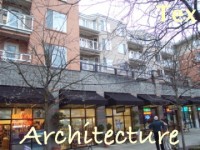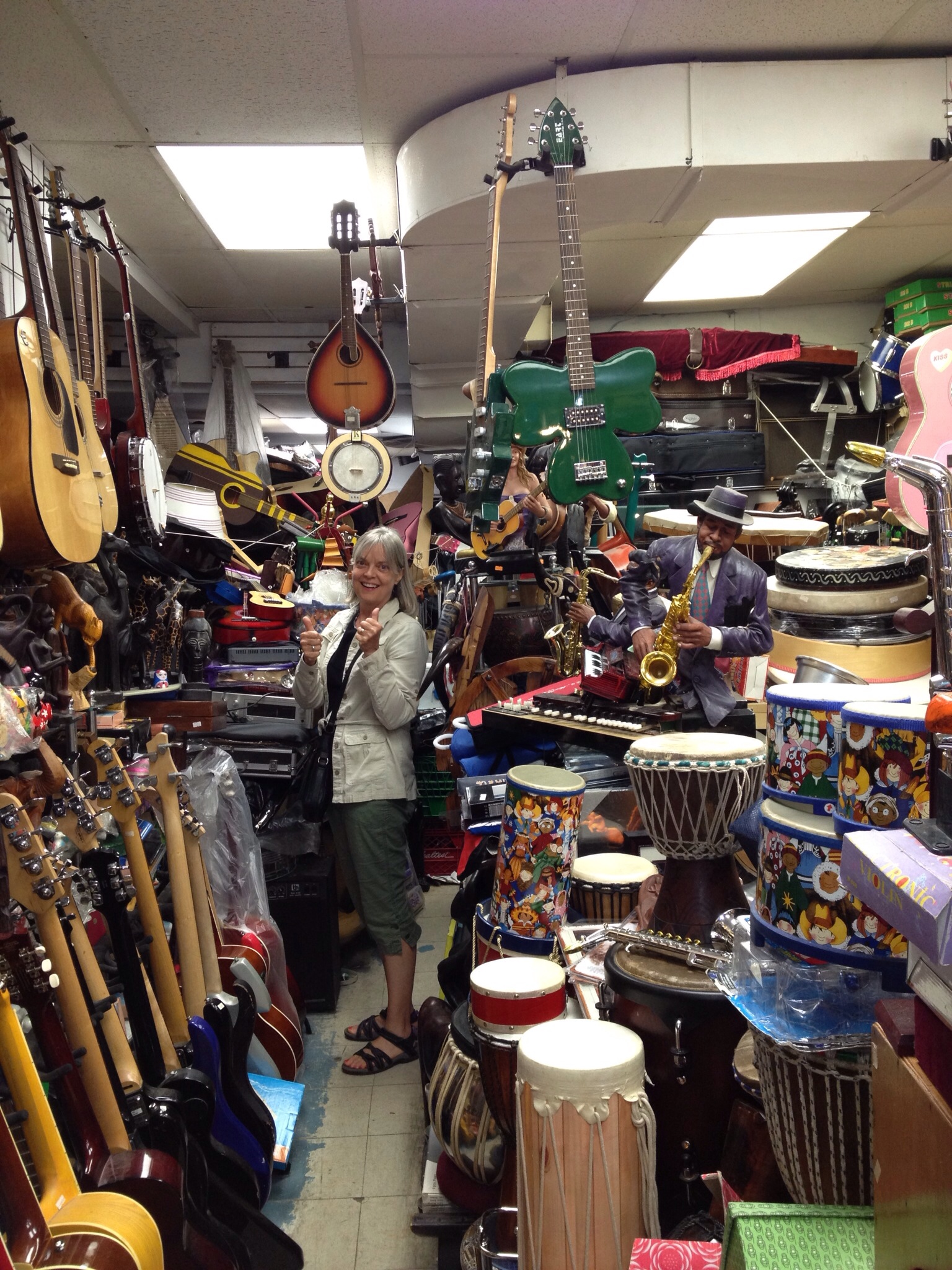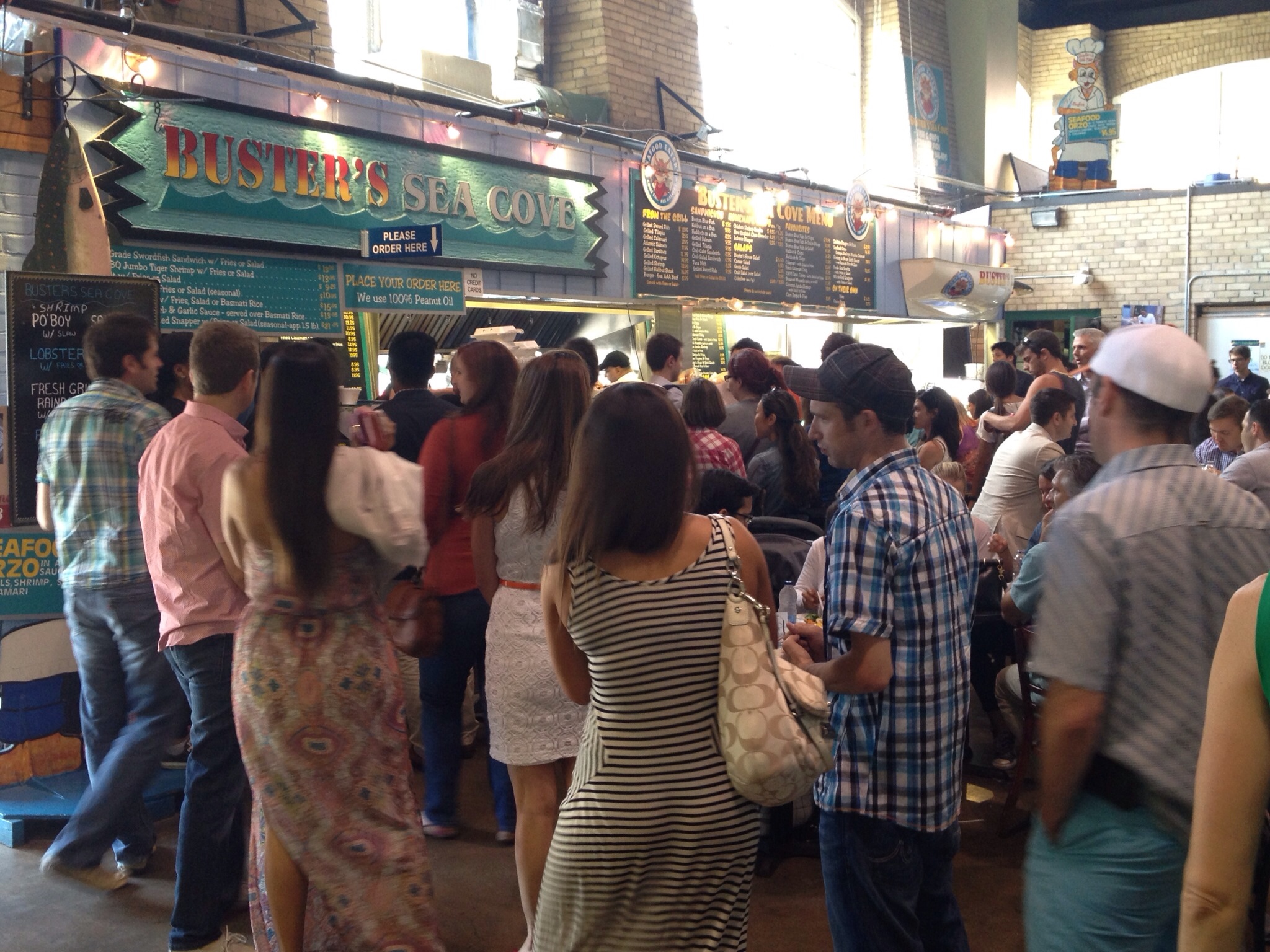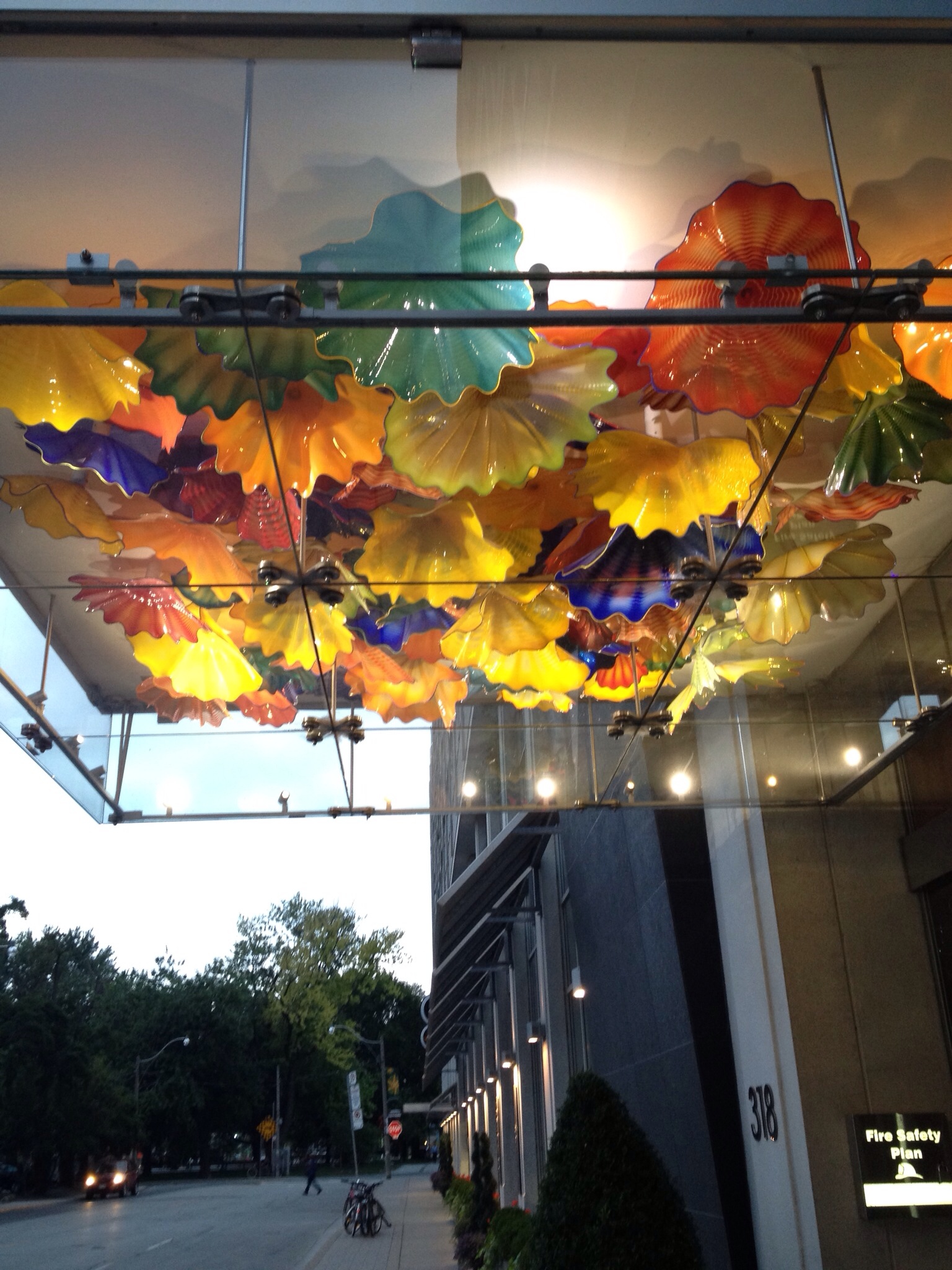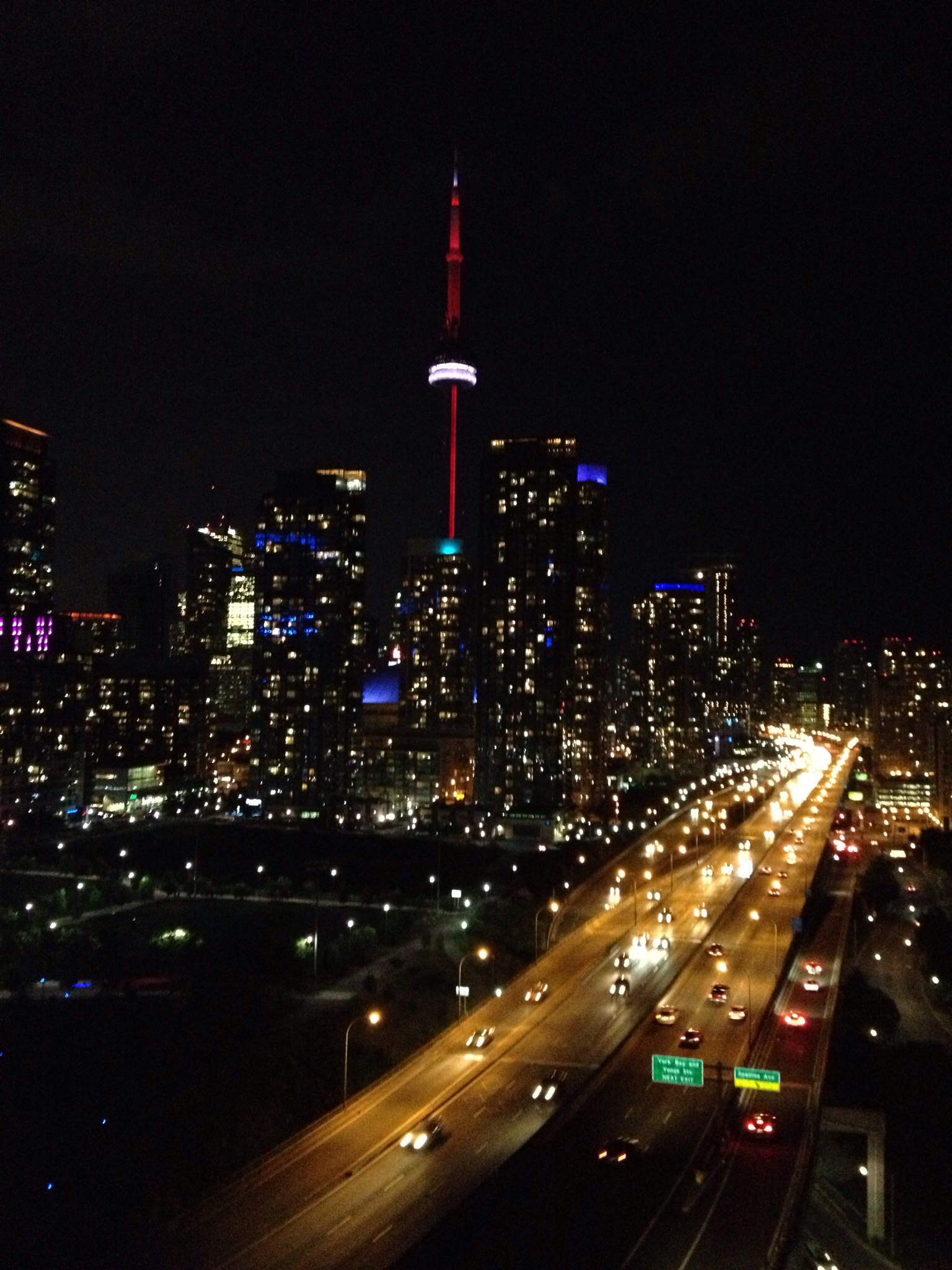We had the privilege of learning some Toronto planning history from Eudora Pendergrast, a friend and ex-urban planner with the City of Toronto.
Toronto has many diverse neighborhoods–Chinatown, Kensington Market, Little Italy, Distillery District, Corktown, to name a few–all of which maintain vitality. There is no slum, no area tourists are warned to stay clear of. In fact, Ms. Pendergrast states that through the later-20th century suburban expansion, central (“Old”) Toronto has maintained its desirability as a place to live. Many Torontons prefer living in the core city, and are only driven out by high housing prices.
How does Toronto do this? By upholding a “neighborhoods first” planning policy. The street grid is sacred, and only a major civic amenity can justify interruption. Neighborhoods are active participants in the planning process through neighborhood councils. Jane Jacobs, a longtime Toronto resident until her death in 2006, is a high priestess for modern city planning with her emphasis on building neighborhoods around daily urban life rather than building a city through grand economic schemes or job creation.
In addition, Toronto has a workable mass transit system and continues to invest in mass transit. Street cars and a subway form the heart of the system, but bikes (yes, even in winter!) and protected pedestrian passageways are important and much-used components. Traffic jams from heavy car use are regular occurrences–in what big city aren’t they?–but Torontonians have alternatives.
How does Toronto plan the public realm so evident in the city? According to Ms. Pendergrast, every development application is the beginning of a negotiation between city and developer. In other words, we’ll grant you an entitlement to build something; what public amenity or benefit will you provide in return?
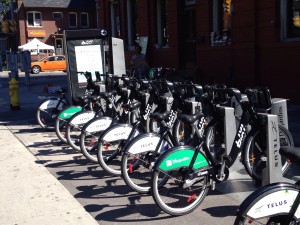
BIXI bikes–Toronto’s citywide bike rental system. You can borrow a bike or drop one off throughout the city.
Growth, planning and development are controversial subjects in Toronto and continue to be the focus of heated public debate, especially since the 1998 “amalgamation” of Toronto with its surrounding suburbs. Planning, leadership and a city’s future are never guaranteed. But vigorous public engagement, along with a few visionary leaders, have worked to create a remarkable public realm in Toronto and promise well for Toronto’s future.


